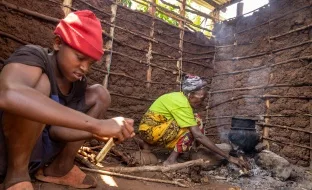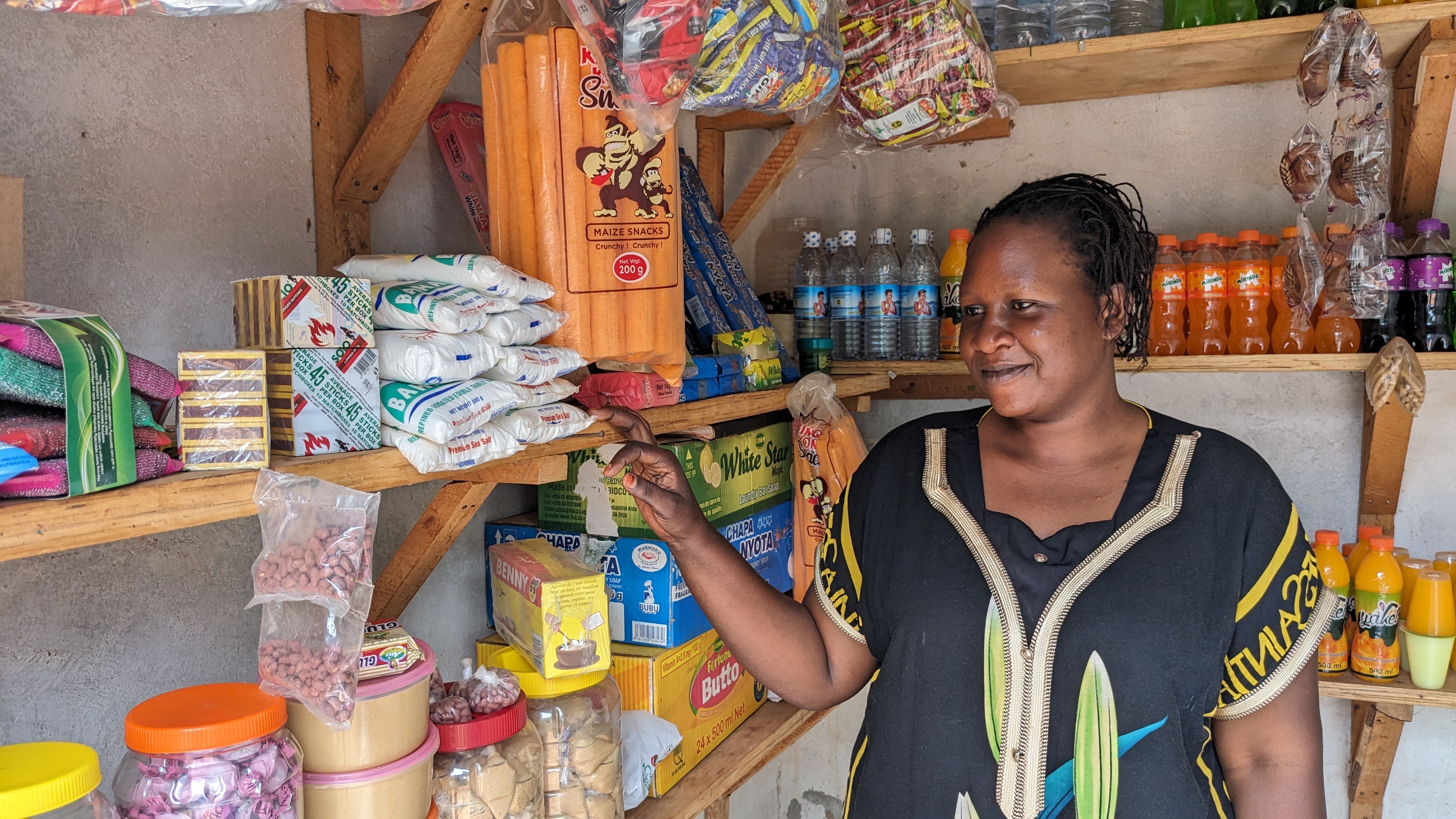
Cash transfers are one of the most rigorously studied anti-poverty interventions to date and the evidence that they work is overwhelming. You’ve likely seen years’ worth of studies covering the impact of cash on everything from maternal and child mortality to new business creation to violence reduction. The unprecedented scale-up of government cash responses to the COVID-19 pandemic provided even more evidence of its usefulness to cushion families against shocks.
But it’s easy to mistake coverage about cash transfers with adoption. It’s likely less than 5% of official development assistance goes to cash programming — though no one is tracking the exact amount. With all this evidence of adaptability and impact, why is so little development assistance given directly to people living in poverty? The answer may be that too many donors now think of cash as the “thing to beat” rather than the “thing to scale.”
USAID benchmarking their programs against cash is a great boost to evidence-based policy, and a sign that direct giving is being taken seriously as a development tool. The effects of cash transfers in these studies mirror the broader evidence, showing significant improvements in the lives of people in poverty. Conversely, some of the other development programs studied have not achieved their stated goals (e.g. nutrition), let alone led to transformative effects in the lives of the people they aim to help. My organization, GiveDirectly, is a major contributor to, and advocate for, using benchmarking to make aid more impactful.
But the world is at risk of drawing the wrong conclusions from these results. One of USAID’s benchmarking architects and a GiveDirectly collaborator wrote this month, “the vision of cash benchmarking is that, if a proposal doesn’t make a convincing case that it beats the cash benchmark, program designers go back to the evidence base and look for something that does.”
This vision of benchmarking misses the urgency of acting now. If studies are showing us cash transfers work better than the status quo, we should be rapidly scaling their use, not going back to the drawing board. With the U.N.’s Sustainable Development Goal 1 to eradicate global extreme poverty by 2030 badly off track, we should be trying to deliver cash across the many contexts in which poverty persists.
Benchmarking asks the question: “Can we do more good with the money than people in poverty can do themselves?” In the case we cannot, the answer isn’t to sit on the money while we brainstorm some more. It’s to hand over the money.
In fact, the very design of some benchmarking studies flattens the full impact of cash transfers. Take a recent study where researchers found the value of a business training when given as cash outperformed the training in increasing income, productive assets, and entrepreneurship – failing only on the measure of “business knowledge.” This headline result shows cash “beat” the training on the training’s terms, but doesn’t capture the other ways the cash improves lives. Because recipients could spend the cash on their specific needs, the same transfers increased household consumption, doubled savings, tripled livestock wealth, and improved subjective well-being.
Other evidence finds cash transfers increasing school attendance, health care access, and reducing child mortality, stunting, domestic violence and depression — with some results lasting a decade on. Studies also show a spillover effect because cash is spent locally: in our Kenya program, every $1,000 transferred created $2,500 of value in the wider economy.
It might take a half dozen well-targeted noncash programs to move all those outcomes; with cash it can take just one. This begs the question: why tinker with programs that might only move a few outcomes when cash can help a whole set?
Every year that digital banking technology and mobile phone coverage advances, we can reach people living in extreme poverty faster and more directly than ever before. We’ve seen this work in the government of Togo’s Novissi program, which used satellite mapping and cell phone metadata to identify the rural poor and provide cash transfers during the COVID-19 pandemic. It is now being scaled up to include all households in extreme poverty. Large-scale cash social protection programs should play a major role in getting the world back on track to achieve SDG 1 and many other SDGs.
Direct cash should also be central to our climate response. Evidence shows sending funds to people affected by a climate disaster improves their resilience. Combining weather forecasting and phone records (with the right data protection) lets us target before disaster strikes. Digital payment can support communities protecting vital ecosystems as part of what is known as “nature-based solutions.” Taken together, these would be a game changer for our global climate response, addressing the criticism that too little climate finance is currently reaching people on the front lines and providing a vehicle for distributing loss and damage funding. Money in the hands of people in poverty is a radically decolonial and localized form of climate and development assistance.
It’s a mistake to use cash simply as a yardstick to measure the impact of traditional aid programs. Yes, cash is not a silver bullet. Yes, we must keep striving to make cash programming more inclusive, responsive, and efficient. Yes, we should explore what interventions or nudges combined with cash have even better impacts, asking: “What plus cash could beat cash?”
But there really is no time to waste. The world is facing a hunger crisis and on track to still have over half a billion people in extreme poverty by 2030. We have the methods and means to do more good. Now is the time to accelerate using what we know works: money in the hands of people who not only need it — but who will spend it better than we will.
Yolande Wright is the vice president of partnerships at GiveDirectly. She was previously global director of child poverty, climate and urban at Save the Children, and worked for over 20 years for the now defunct U.K. Department for International Development, including as head of the livelihoods profession. She is a passionate advocate for cash, social protection, and climate justice.

